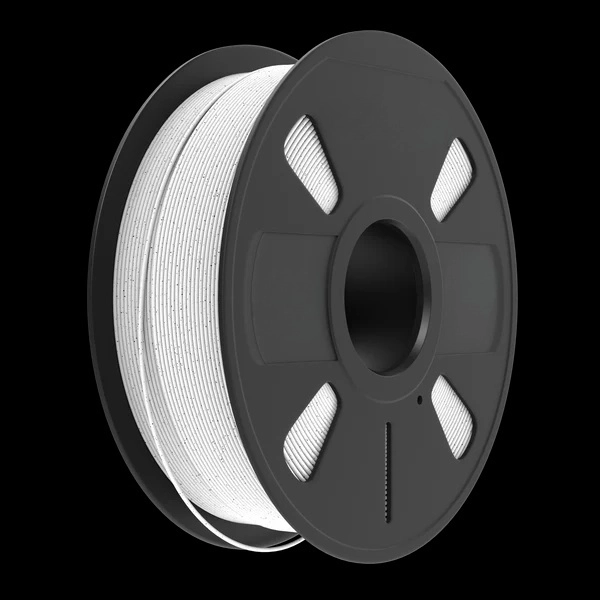In the modern world, where food safety and quality are paramount concerns, choosing the most effective packaging material for storing food is crucial. With a plethora of options available, it becomes imperative to understand the characteristics and properties of various packaging materials to make an informed decision. This blog post aims to delve into the intricacies of different packaging materials and identify the most effective one for food storage, considering factors such as safety, preservation, sustainability, and consumer preferences.
- Plastic Packaging:
Plastic packaging has long been a popular choice due to its versatility, cost-effectiveness, and convenience. However, concerns regarding its environmental impact and potential health risks have led to the exploration of alternative materials. While plastic can provide an effective barrier against moisture, oxygen, and light, it is essential to choose food-grade plastics that comply with stringent safety regulations. - Glass Packaging:
Glass packaging offers several advantages, including its inert nature, impermeability to gases and liquids, and its ability to preserve food flavors and aromas. It is an excellent choice for products that require a longer shelf life and protection from external factors. However, glass packaging is relatively heavier, more fragile, and expensive compared to other materials. - Metal Packaging:
Metal packaging, such as aluminum and tin cans, is renowned for its durability, strength, and ability to protect food from light, moisture, and oxygen. It is particularly suitable for preserving canned goods, beverages, and highly acidic foods. However, concerns about the potential transfer of metal ions to food and the environmental impact of metal extraction and recycling should be considered. - Paper and Cardboard Packaging:
Paper and cardboard packaging have gained popularity due to their renewable and biodegradable nature. They are commonly used for dry food products, such as cereals, snacks, and bakery items. However, their limited barrier properties against moisture and oxygen require additional coatings or laminations to ensure optimal food preservation. Additionally, advancements in sustainable packaging solutions, such as compostable and recyclable options, are being explored to minimize environmental impact. - Biodegradable and Compostable Packaging:
With the growing emphasis on sustainability, biodegradable and compostable packaging materials have emerged as promising alternatives. Made from renewable resources, such as plant-based polymers, these materials offer similar barrier properties to traditional packaging while being environmentally friendly. However, their higher cost and limited availability pose challenges for widespread adoption.
Conclusion:
After a comprehensive analysis of various packaging materials, it is evident that there is no one-size-fits-all solution for food storage. The choice of packaging material depends on several factors, including the specific food product, desired shelf life, environmental impact, and consumer preferences. Striking a balance between functionality, safety, and sustainability is crucial in selecting the most effective packaging material. As the industry continues to evolve, ongoing research and innovation will pave the way for even more advanced and sustainable packaging solutions.


